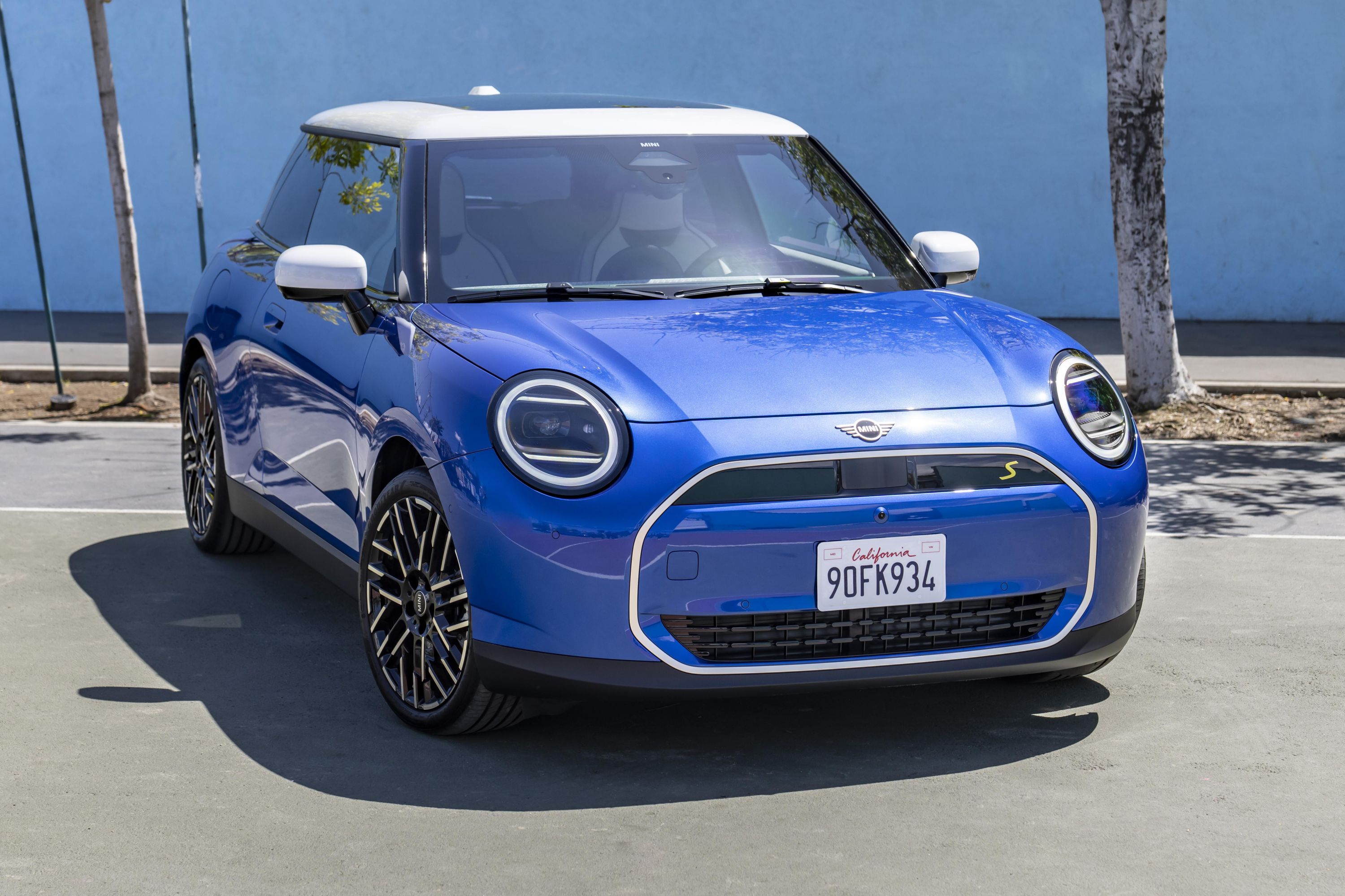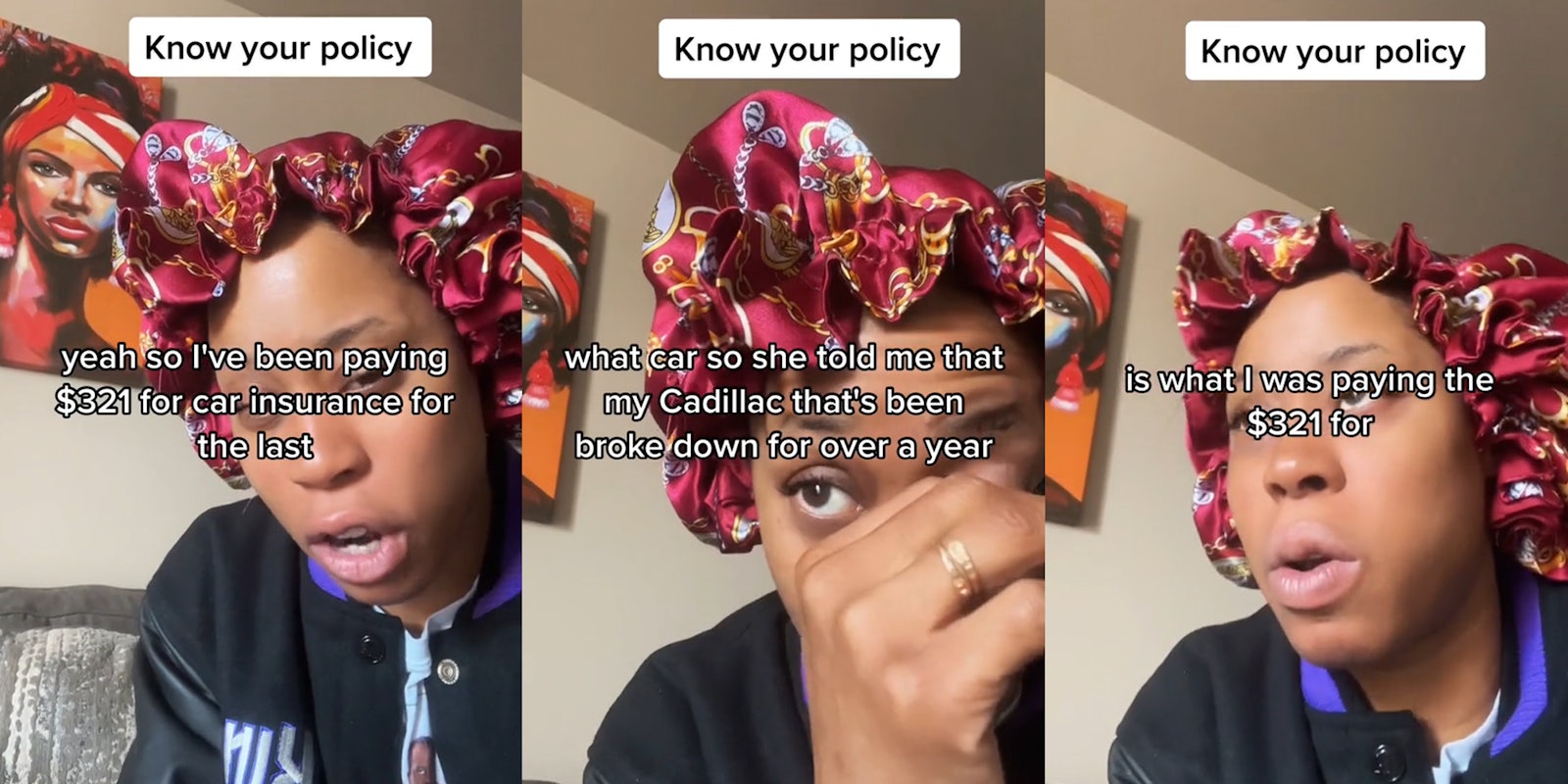Choosing the right car insurance can feel like navigating a maze. With so many providers and policy options available, it’s crucial to compare your choices carefully to find the best deal for your needs and budget. This article provides a comprehensive guide to car insurance company comparison, helping you make an informed decision and secure the right coverage.
Understanding Car Insurance Basics
Before diving into comparing companies, it’s essential to grasp the fundamentals of car insurance. Car insurance provides financial protection if your car is damaged, stolen, or involved in an accident. In exchange for a premium, the insurer covers the majority of the costs associated with these unexpected events.
In the United States, liability insurance is legally required in most states. This type of insurance covers damages and injuries you cause to others in an accident where you are at fault. However, it doesn’t cover damage to your own vehicle.
There are several levels of car insurance coverage:
- Liability Insurance: This is the minimum coverage required by law in most states. It covers bodily injury and property damage you cause to others.
- Collision Insurance: This covers damage to your vehicle resulting from a collision with another vehicle or object, regardless of fault.
- Comprehensive Insurance: This covers damage to your vehicle from events other than collisions, such as theft, vandalism, fire, or natural disasters.
- Uninsured/Underinsured Motorist Coverage: This protects you if you’re hit by a driver who doesn’t have insurance or doesn’t have enough insurance to cover your damages.
- Personal Injury Protection (PIP): This covers medical expenses and lost wages for you and your passengers, regardless of fault.
Key Factors to Consider When Comparing Car Insurance Companies

When comparing car insurance companies, focus on these critical factors:
- Coverage Options:
- Ensure the company offers the types and levels of coverage you need. Consider factors like your vehicle’s value, your risk tolerance, and state requirements.
- Do they offer add-ons like roadside assistance, rental car reimbursement, or gap insurance?
- Price and Discounts:
- Obtain quotes from multiple companies for the same coverage levels to compare prices accurately.
- Inquire about potential discounts, such as those for safe driving, good grades (for students), bundling policies, or having safety features in your car.
- Financial Stability:
- Choose a company with a strong financial rating from independent agencies like A.M. Best or Standard & Poor’s. This indicates the insurer’s ability to pay out claims.
- Customer Service and Claims Handling:
- Research the company’s reputation for customer service and claims handling. Look for reviews and ratings from independent sources like the Better Business Bureau.
- A company with efficient and helpful claims processing can make a significant difference in your experience after an accident.
- Policy Exclusions and Limitations:
- Carefully review the policy document to understand what is not covered.
- Pay attention to exclusions related to specific drivers, vehicle usage, or types of damage.
How to Effectively Compare Car Insurance Quotes
To make the most of your car insurance company comparison, follow these steps:
- Gather Your Information:
- Have your driver’s license, vehicle information (make, model, year), and driving history readily available.
- Accurate information ensures accurate quotes.
- Use Online Comparison Tools:
- Utilize online comparison websites to get quotes from multiple companies simultaneously.
- These tools save time and provide a quick overview of available options.
- Check Direct-Only Providers:
- Some insurers, like Direct Line, may not be listed on comparison sites, so it’s worth checking their websites directly.
- Get Detailed Quotes:
- Once you’ve identified a few promising companies, request detailed quotes that outline the specific coverage, deductibles, and premiums.
- Compare Benefits as Well as Price:
- Don’t solely focus on the cheapest option. Compare the policy details, including coverage limits, deductibles, and additional benefits.
- Read Reviews and Ratings:
- Check online reviews and ratings to assess the company’s customer service and claims handling reputation.
- Consider sources like the Better Business Bureau, Consumer Reports, and J.D. Power.
- Consider Specialist Insurers:
- If you have unusual needs, such as owning a classic car or requiring business car insurance, consider contacting specialist brokers.
Tips for Saving Money on Car Insurance

Besides comparing companies, here are some strategies to lower your car insurance costs:
- Increase Security: Installing an alarm system or anti-theft device can reduce your premium.
- Park Securely: Cars parked in a garage or on a secure driveway are typically cheaper to insure.
- Reduce Mileage: If you drive less, inform your insurer to potentially lower your premium.
- Increase Excess/Deductible: Opting for a higher deductible can significantly reduce your premium, but ensure you can afford to pay it if you need to make a claim.
- Pay Annually: Paying your premium annually instead of monthly can often save you money.
- Consider Telematics: Using a “black box” to track your driving habits and reward safe driving can lead to discounts.
- Add an Experienced Driver: If you’re a young or new driver, adding an experienced driver to your policy as a named driver may lower your premium.
Understanding Different Types of Car Insurance Policies

Navigating the world of car insurance requires understanding the different policy types available. Each offers a varying level of protection, and the right choice depends on individual needs and circumstances.
- Third-Party Liability: This is the most basic form of insurance, covering damages and injuries caused to others if you’re at fault. It doesn’t cover any damage to your own vehicle.
- Third-Party, Fire, and Theft: This policy includes the benefits of third-party liability and adds coverage for your car if it’s stolen or damaged by fire.
- Collision: Covers damage to your vehicle resulting from a collision with another vehicle or object, regardless of fault.
- Comprehensive: This is the most comprehensive type of coverage, protecting your vehicle against a wide range of risks, including accidents, theft, vandalism, fire, and natural disasters.
Adjusting Your Policy

Your car insurance needs may evolve over time. Be prepared to adjust your policy as circumstances change.
- New Car: If you buy a new car, you can typically transfer your existing policy. However, inform your insurer as the terms and premium may change.
- Change of Coverage Level: You can usually change your level of coverage when you renew your policy. Some providers may allow changes mid-term, but this may incur a fee.
- Cancellation: You’re free to cancel your car insurance at any time, but you may be charged a fee. Remember, it’s illegal to drive without insurance.
- Inform Insurer of Changes: Always inform your insurer about any incidents or changes to your personal circumstances, such as accidents, job changes, or address changes. Failure to do so may invalidate your policy.
Making a Claim
In the unfortunate event of an accident, knowing how to make a claim is crucial:
- At the Scene: Don’t admit fault. Exchange information with the other driver and record the police report number, if applicable.
- Before Claiming: Consider the potential consequences, such as paying the excess and losing your no-claims bonus.
- Making the Claim: Provide your insurer with complete and accurate information as quickly as possible.
- Stay Updated: Keep track of your claim’s progress and respond promptly to any questions from the insurer.
Conclusion
Comparing car insurance companies is a crucial step in securing the right coverage at the best price. By understanding the basics of car insurance, key factors to consider, and effective comparison strategies, you can make an informed decision and protect yourself financially on the road. Don’t hesitate to shop around, compare quotes, and read reviews to find the best deal for your individual needs.





Leave a Reply